Alberto Giacometti - Original Lithograph 1964 Dimensions: 38 x 28 cm From the journal Derrière le Miroir No. 148, 1964 Edition: Foundation Maeght at Saint Paul Alberto Giacometti At various times identified with Cubism, Surrealism and Existentialism, Alberto Giacometti used his sculptures, paintings and drawings to convey his unique artistic vision. Synopsis Born in Switzerland in 1901, Alberto Giacometti received his early foundation in art from family members before pursuing formal training in Geneva and Paris. In the 1920s he began to develop his personal style, creating abstracted sculptures that showed the influence of Cubism and tribal art. During the 1930s he became a part of the Surrealist movement, with his work becoming more dreamlike in nature, but he later split with the group when he became focused on new ways to express the human form. Influenced by the emergence of Existentialism, his small, thin figurative sculptures resonated with the atmosphere of suffering that followed World War II, and they were soon highly sought after. Giacometti’s work continued to evolve in the 1950s and 1960s, during which time he also produced an extensive series of portraits and provided illustrations for numerous books. After receiving several awards, honors and retrospective exhibitions, and achieving international fame, Giacometti died in 1966. Foundations Alberto Giacometti was born on October 10, 1901, in the small mountain village of Borgonovo, Switzerland, near the Italian-Swiss border. His father, Giovanni, was an accomplished painter who worked in the Post-Impressionist style, and both his godfather and an uncle were artists as well, providing Giacometti with his earliest instruction. When his family moved to the nearby town of Stampa in 1906, Giacometti was already showing an interest in drawing, and by his early teens he had begun painting, sculpting and making wood etchings. In 1919, Giacometti moved to Geneva, where he studied at the École des Beaux-Arts and École des Arts et Métiers. However, perhaps more important to his development as an artist were the trips he took to Italy during the next two years. In 1920 he accompanied his father to the Venice Biennale—where his father’s paintings were included in the exhibition and Giacometti first encountered the work of abstract sculptor Alexander Archipenko—and in 1921 he visited Rome, Florence and the surrounding areas, during which time he became enthralled with African and Egyptian art. Abstractions In 1922, Giacometti settled in Paris, where for the next four years he studied sculpture at the Académie de la Grande-Chaumière. At the same time, he was falling under the influence of Cubists such as Joan Miró and Pablo Picasso and nurturing his newfound love for primitive art, both of which began to show in his work, with his representations of the human body becoming steadily more abstracted. By the time he completed his studies, Giacometti was resolved to abandon realism entirely, convinced of its inadequacy to convey the essence of his subject matter. Two of his most important and representative works from this period, Spoon Woman and The Couple, were exhibited at the Salon des Tuileries in 1927. In the early 1930s, Giacometti’s emerging style endeared him to some of the Surrealist movement’s most important figures, such as André Breton, Man Ray and Georges Bataille. Their influence on his work can be seen in such dreamlike, metaphorical pieces as Suspended Ball (1931), Walking Woman I (1932) and The Palace at 4 a.m. (1932). The impact of these and similar sculptures would lead to his first solo exhibitions in Paris (1932) and New York (1934). Heads Despite Giacometti’s growing notoriety as a member of the Surrealist movement, his personal inquiry into the nature of existence would ultimately lead him away from the group, and during the latter half of the decade he would focus his energies on a series of head sculptures meant to convey his own physical relation to his models in space. However, with the outbreak of World War II and the advance of the German army into France, in 1941 Giacometti was forced to flee Paris and return to Switzerland, where he would work until the conflict’s end. During that time, his art would take yet a new direction, with his sculptures of the human for becoming elongated and thin and increasingly small in size, lending the figures an air of loneliness and suffering. When Giacometti returned to Paris, he soon found that the anguished presence of works like Man Pointing (1947) and City Square (1948)—informed by his grasp of the existentialist philosophies emerging at the time—struck a chord with the pervasive postwar feelings of despair and loneliness. Now highly sought after by both museums and collectors, his work earned him solo exhibitions in New York in 1948 and 1950, one of which featured an introductory text by Jean Paul-Sartre, who described Giacometti’s work as “always halfway between nothingness and being.” Departures During the 1950s, Giacometti’s work continued to evolve, with his sculptures becoming larger, thinner, and more complicated. He also undertook a series of dark, intense portraits of family members—primarily his wife, Annette (whom he married in 1949), and his brother Diego—and well-known friends such as Jean Genet, Henri Matisse and Igor Stravinsky. Later in the decade he began a lengthy period of illustration work for books by contemporary authors such as Paul Eluard and revered writers of the past like Cervantes and Balzac. Internationally famous by the early 1960s, Giacometti was commissioned by Samuel Beckett to create a tree sculpture for a production of his Waiting for Godot, and in 1962 he was awarded the Grand Prize for Sculpture at the Venice Biennale. Amidst failing health, in 1964 he also received the Guggenheim International Award for Painting, followed by retrospectives of his work at the Tate Gallery in London and the Museum of Modern Art in New York. Alberto Giacometti died of cardiac exhaustion on January 11, 1966, in Chur, Switzerland, and was buried in Borgnovo cemetery.

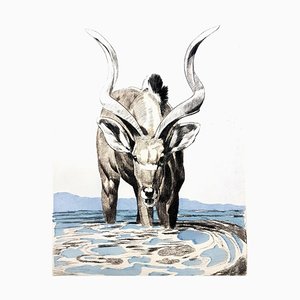
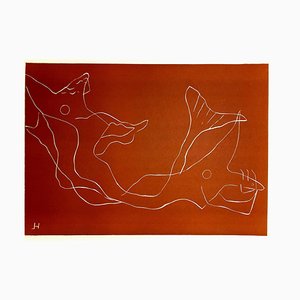
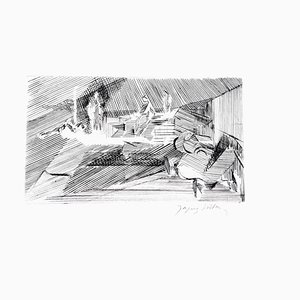
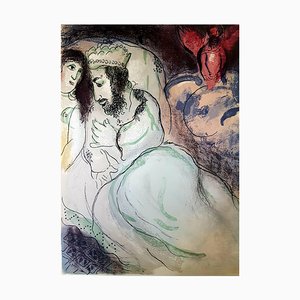

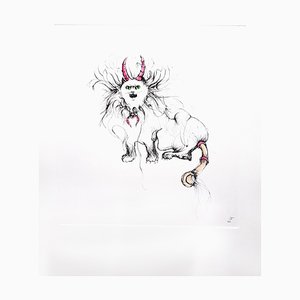
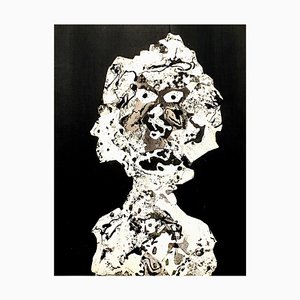
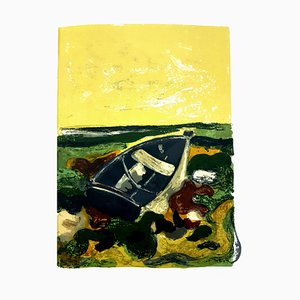
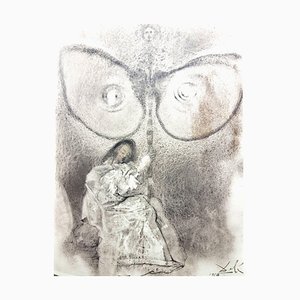
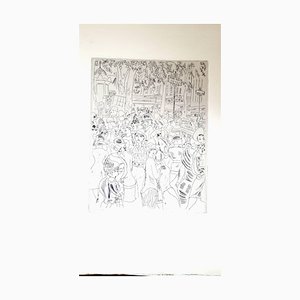
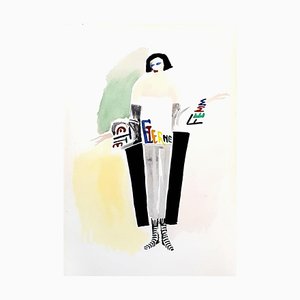
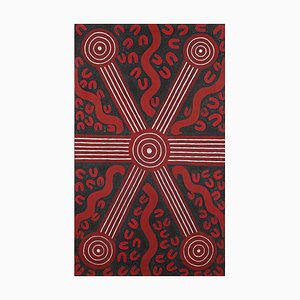
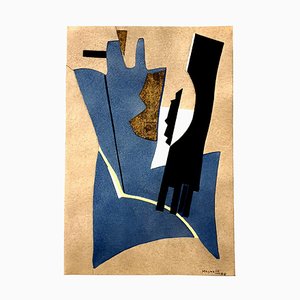
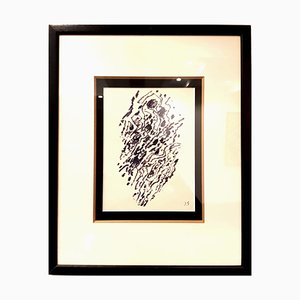
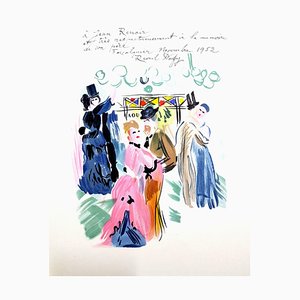
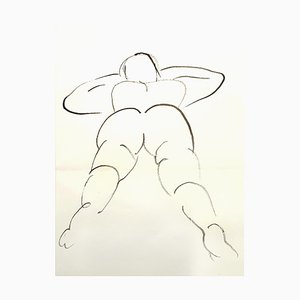
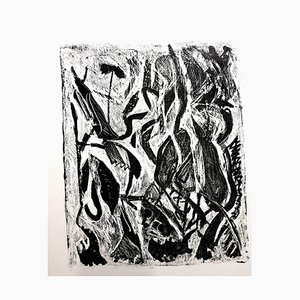
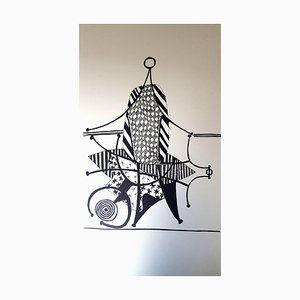
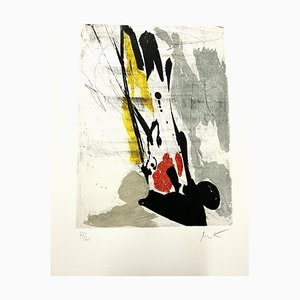
Get in Touch
Make An Offer
We noticed you are new to Pamono!
Please accept the Terms & Conditions and Privacy Policy
Get in Touch
Make An Offer
Almost There!
To follow your conversation on the platform, please complete the registration. To proceed with your offer on the platform, please complete the registration.Successful
Thanks for your inquiry, someone from our team will be in touch shortly
If you are a Design Professional, please apply here to get the benefits of the Pamono Trade Program